Salvia Divinorum – Dried leaves – 10 grams
$1.00
Salvia divinorum dried leaves are a potent psychoactive herb known for their powerful and short-lasting hallucinogenic effects. Native to the cloud forests of Mexico, Salvia divinorum has been traditionally used by the Mazatec people for spiritual and healing rituals. The active compound, salvinorin A, interacts with kappa opioid receptors in the brain, inducing intense visual distortions, altered perception of reality, and dissociative experiences. When dried, the leaves can be smoked, chewed, or brewed into tea, with effects varying from mild introspection to profound out-of-body experiences. Due to its potency, Salvia divinorum should be used with caution and in a safe setting.
salvia divinorum dried leave
Salvia divinorum is a unique and powerful psychoactive plant that has been used for centuries in traditional spiritual and medicinal practices. Native to the cloud forests of Oaxaca, Mexico, this plant belongs to the mint family (Lamiaceae) and is known for its strong hallucinogenic effects. Unlike classic psychedelics such as psilocybin or LSD, Salvia divinorum’s active compound, salvinorin A, interacts primarily with kappa opioid receptors in the brain, leading to a distinct and often intense altered state of consciousness. When dried, the leaves of Salvia divinorum can be smoked, chewed, or brewed into tea to induce its effects.
1. Origins and History of Salvia Divinorum
Salvia divinorum has a long history of use, particularly among the Mazatec people of Mexico. It is believed that indigenous shamans and healers have used the plant for centuries in religious ceremonies, divination, and healing rituals. The Mazatecs regard Salvia divinorum as a sacred plant, often referring to it as “Diviner’s Sage” or “La Hembra” (the female sage), believing that the plant possesses spiritual wisdom and the ability to connect users with divine realms.
The leaves were traditionally consumed by chewing fresh leaves or preparing them as a tea. In some cases, they were also used in rituals where the juice of crushed leaves was extracted and absorbed sublingually. Unlike other psychoactive plants such as peyote or ayahuasca, Salvia divinorum was primarily used for introspection and gaining insights rather than recreational hallucinogenic experiences.
The plant remained relatively obscure outside of indigenous traditions until the late 20th century, when researchers and psychonauts began exploring its effects. In the 1990s, it gained popularity in the Western world as an easily accessible legal hallucinogen, leading to widespread recreational use.
2. Physical Characteristics and Composition of Dried Leaves
Salvia divinorum is a perennial herb with large, green, ovate leaves that can grow up to 10 cm in length. The fresh leaves are thick and slightly fuzzy, but when dried, they become thinner, brittle, and darker in color. The dried leaves retain their psychoactive properties and are commonly sold in whole or crushed form for smoking or brewing.
The primary psychoactive compound in Salvia divinorum is salvinorin A, which is unique among hallucinogens because it is a diterpenoid rather than an alkaloid. Unlike substances such as psilocybin or DMT, salvinorin A does not affect serotonin receptors; instead, it is a potent kappa opioid receptor agonist. This interaction is responsible for its intense, short-lasting, and often dissociative effects.
Salvia divinorum leaves contain only small amounts of salvinorin A in their natural state, which is why some users prefer concentrated extracts for stronger effects. However, dried leaves are still potent enough to induce hallucinogenic experiences when consumed in sufficient quantities.
3. Methods of Consumption
There are several ways to consume Salvia divinorum dried leaves, with each method producing slightly different effects:
- Smoking: The most common method for using dried leaves is smoking them in a pipe, bong, or rolled into a joint. The effects typically begin within 30 seconds to 2 minutes after inhalation, peaking quickly and lasting about 5 to 15 minutes. The higher the dose, the stronger the effects, and some users report intense, overwhelming experiences.
- Chewing (Quid Method): Traditional Mazatec shamans often chew fresh leaves, but dried leaves can also be used. This method involves holding the leaves in the mouth and allowing the salvinorin A to be absorbed sublingually. The effects come on more slowly, taking around 15 to 30 minutes to develop, and last for up to an hour. The experience is generally milder and more meditative than smoking.
- Brewing into Tea: Some users brew dried Salvia leaves into a tea. This method results in a milder, more gradual onset of effects and a longer-lasting experience compared to smoking. However, because salvinorin A is not highly water-soluble, tea preparation may not be as effective as other methods.
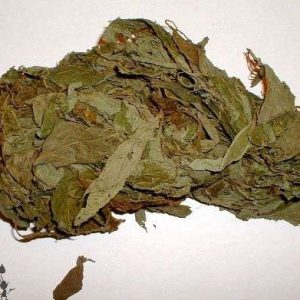
4. Effects of Salvia Divinorum
Salvia divinorum produces a wide range of effects that can vary depending on dosage, setting, and individual sensitivity. Some of the most common effects include:
Low to Moderate Doses
- A sense of relaxation and introspection
- Altered perception of time and space
- Enhanced creativity and dream-like experiences
- Feelings of lightness or floating
High Doses
- Intense visual hallucinations, such as shifting patterns and distortions
- Dissociation from reality and loss of personal identity
- The sensation of merging with objects or becoming part of the environment
- Encounters with perceived entities or alternate dimensions
- A sense of being transported to another realm
Many users describe Salvia experiences as surreal, otherworldly, and sometimes unsettling. Unlike classic psychedelics like LSD or psilocybin, which often produce euphoric or insightful trips, Salvia can create confusing or disorienting experiences that some users find uncomfortable or frightening.

Be the first to review “Salvia Divinorum – Dried leaves – 10 grams” Cancel reply
Related products
Pills
Pills
Pills
Pills
Pills
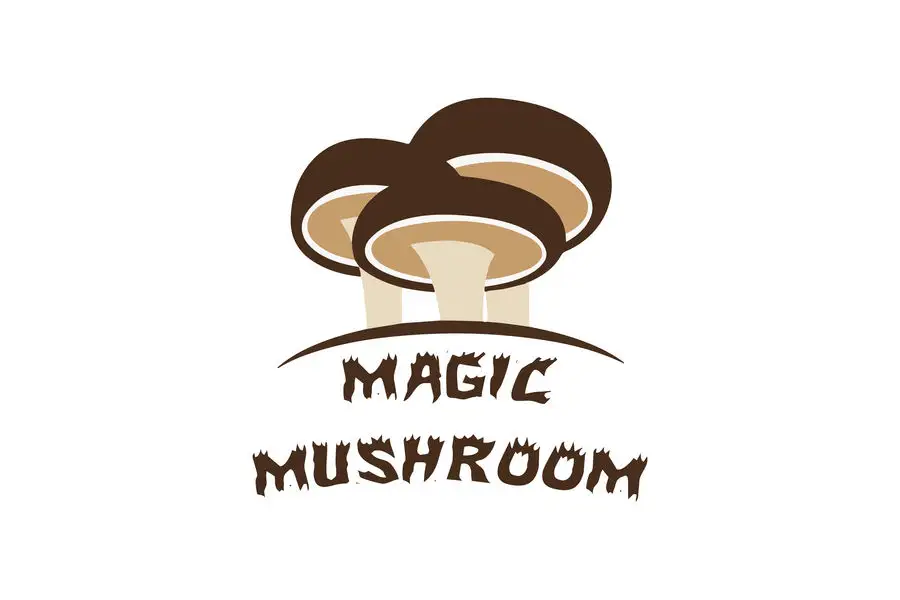
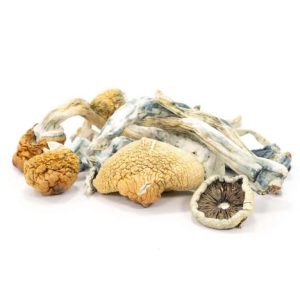
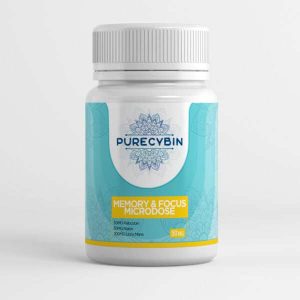

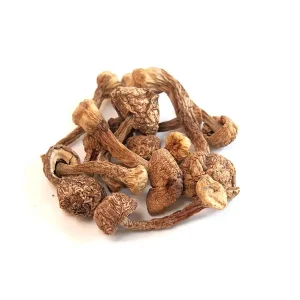

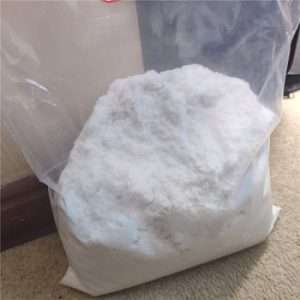
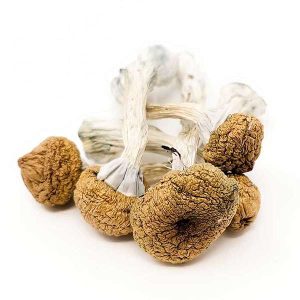
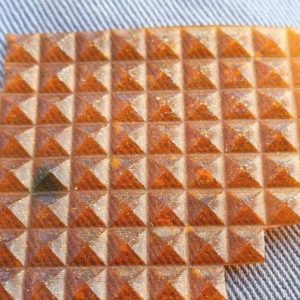
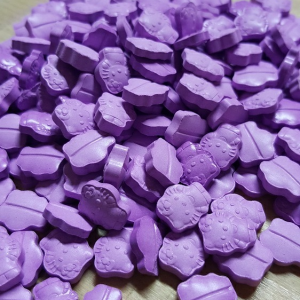
Reviews
There are no reviews yet.